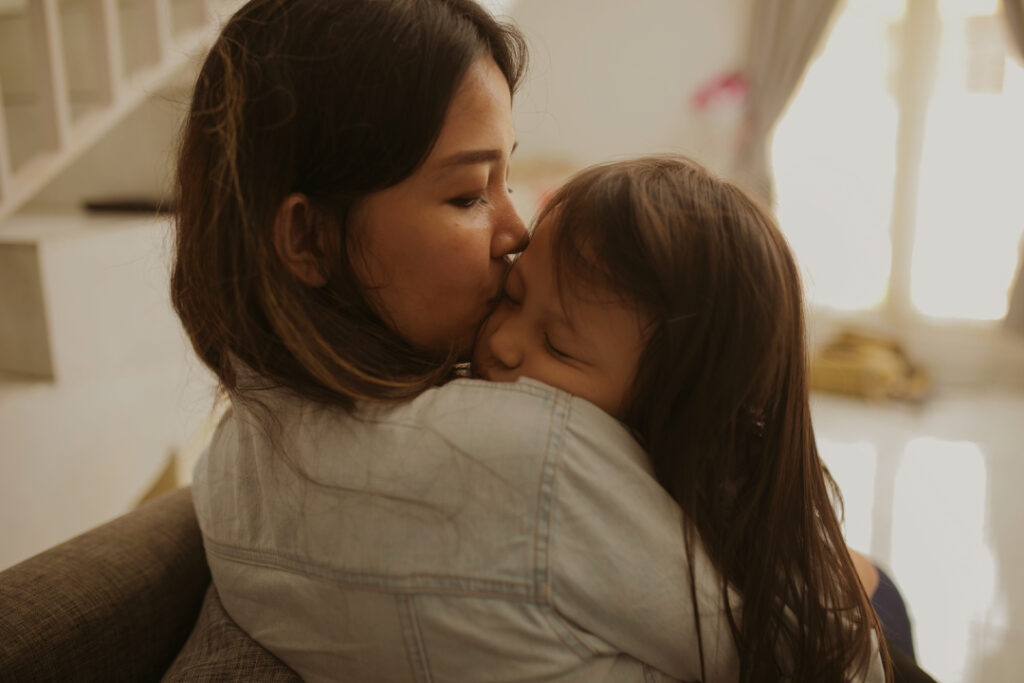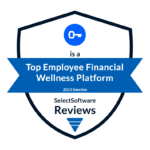The trouble facing Americas’ (disproportionately female) caregivers is in the news: From careworker shortages to the rise of workers who support both children and aging parents. And that spells trouble for their employers: Lower retention and productivity, as well as inclusion setbacks.
Employers have increasingly stepped up to the plate with solutions like remote work and paid leave. But many employers are still missing a key ingredient: Financial health solutions that support the unique needs of frontline workers, particularly given that financially vulnerable frontline workers are disproportionately female caregivers.
There’s a serious gender financial health gap
Much has been made of the gender wage gap, but it can be hard to see exactly what’s happening since men and women often mingle finances.
But more holistic numbers show that women suffer from an overall financial health gap. In a recent national survey, 23% of women were assessed to be financially healthy, as compared with 39% of men. The percent of women assessed to be financially healthy was down from 26% in the same survey in 2021.
The gender gap is sobering for those with the greatest financial needs. Women are 22% more likely to be in poverty.
Caring for children creates financial headwinds for women
There’s no definitive answer to how much of the financial health gap is caused by unequal caregiving responsibilities. But, there is ample evidence that childcare responsibilities can create barriers to working sufficient hours, and/or being able to stay in the workforce.
Even when they are working, mothers have a higher burden on their most precious resource: time. For example, women spend almost 1.8 to 2.4 hours more than men do per day supervising kids under the age of 13. When it comes to active physical childcare (e.g., bathing or feeding), women spend more than double the time of men.
Solo mothers bear even heavier burdens, and have worse financial health. Nearly 1 in 4 single mothers live in poverty in the U.S. The rate is higher for Black single mothers, with about one third of them living in poverty.
Caring for other family member compounds the gender financial health gap
Caretakers for adults are also a large and growing portion of the workforce. In 2020, 40 million Americans were caring for at least one person over 18. The prevalence in the population of caring for an adult was up 16% from its level in 2015. And six in 10 of these caregivers are in the workforce.
As with childcare, these caretaking responsibilities fall unequally on female employees: six in 10 caregivers are women.
Employers have come to appreciate better that these caretakers have unique and urgent needs. However, it is less well understood that these caretakers have urgent financial health need, in addition to ongoing challenges with everyday money problems.
National statistical sources rarely slice and dice data on financial wellbeing for caretakers of adults vs. non-caretakers. So we understand the financial health gap less well for these caretakers than we do for mothers of young children.
That said, there is compelling evidence that financial burdens on caretakers are urgent. Most (59%) caretakers report moderate to high financial strain due to their caretaking responsibilities. The types of financial impacts they report include:
- Stopping saving (28%)
- Taking on debt (23%)
- Using up savings (22%)
- Leaving bills unpaid or paying them late (19%)
- Borrowing from family and friends (15%)
Financial care drives ROI by relieving caretakers’ money stress
Employers are increasingly offering benefits directed at caretakers’ needs, like paid leave. This is often a part of a holistic strategy to retain talent and improve gender equity. But these solutions will fall short if they do not address the money needs that go along with care.
We created Financial Care to provide one place to go for employees to access real solutions to their money needs. When it comes to caregivers, that means support like:
- Helping them cope with the unexpected expenses and income loss that so often come with care.
- Adjusting their spending and finding sources of income to adapt when care responsibilities turn their financial situation upside down.
- Connecting them to untapped resources, like other employer benefits and government programs that are designed to meet their families’ unique needs.
If you’d like to learn more about how Brightside Financial Care helps employers support caregivers, improve equity, and drive ROI, start here.
Written by Sophie Raseman, former Head of Financial Solutions at Brightside





